Kingdom Animalia Family Opisthoproctidae Rank Species | Class Actinopterygii Phylum Chordata Order Argentiniformes | |
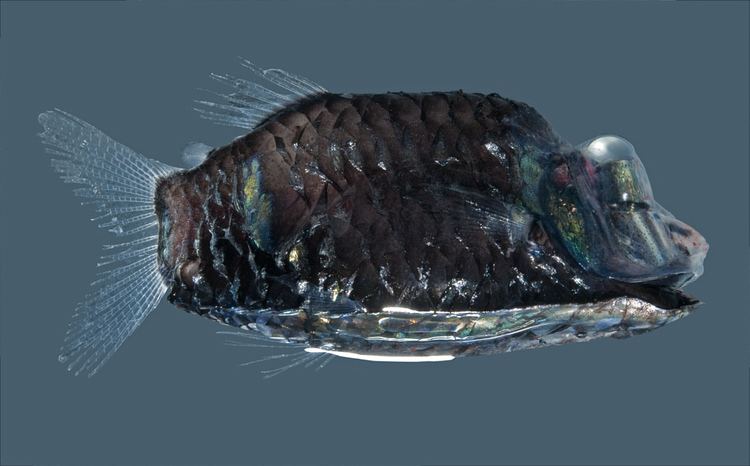 | ||
Genus OpisthoproctusVaillant, 1888 Similar Monacoa grimaldii, Winteria telescopa, Bathylychnops, Dolichopteryx, Bathylychnops exilis | ||
Opisthoproctus soleatus exotic fish
Opisthoproctus soleatus is a species of fish in the family Opisthoproctidae. It was first described in 1888 by Léon Vaillant. The species lives in most tropical seas, but is more common from western Ireland to Mauritania and from Sierra Leone to Angola and in the South China Sea. O. soleatus can grow to a standard length of 10.5 centimetres (4.1 in) and usually live from about 500 to 700 metres (1,600 to 2,300 ft) deep. This species is the only member of its genus.
Contents
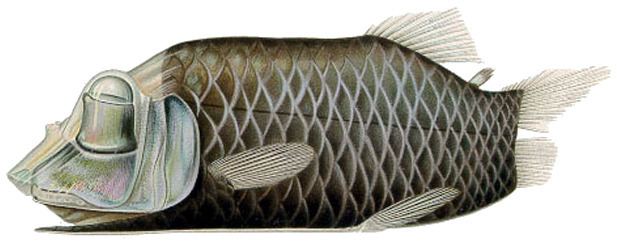
Description
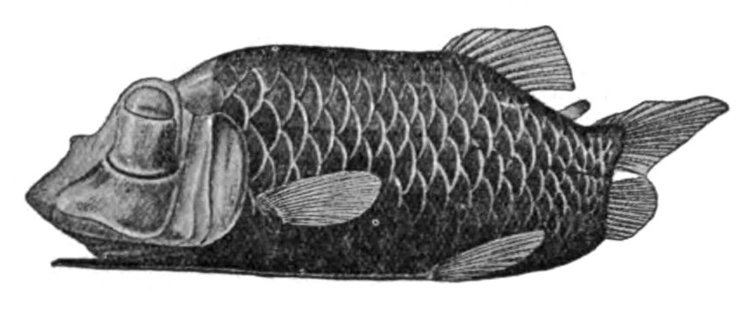
This species is a small fish not exceeding 10.5 cm (4.1 in) in length. The dorsal fin has no spines and eleven to thirteen soft rays. The anal fin is also spineless and may have two to three rudimentary soft rays which are often not visible externally. The back and sides of this fish are dark and the snout translucent, and there are a number of large melanophores behind and below the head. The eyes are particularly distinctive, being tubular in shape and directed dorsally (upwards); they have a sideways-oriented diverticulum in the front wall of the eye, though it is unclear what the precise function of this pouch-like pocket is.
Distribution and habitat
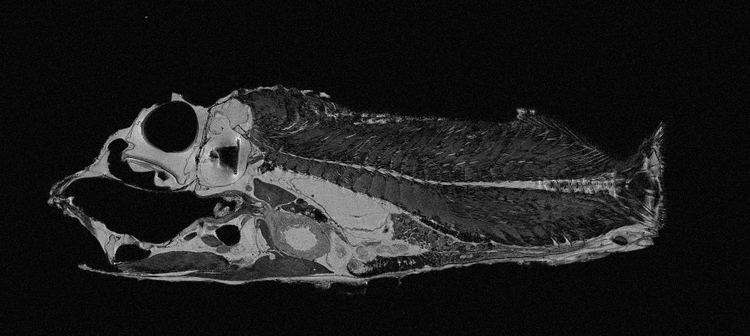
O. soleatus is found in all the world's tropical and temperate oceans. In the eastern Atlantic, it is most frequently encountered between western Ireland and Mauritania, and between Sierra Leone and Angola. Its depth range is 300 to 800 m (1,000 to 2,600 ft) but it commonly frequents the 500 to 700 m (1,600 to 2,300 ft) range, often limited by the 8 °C (46 °F) isotherm which often occurs at about 400 m (1,300 ft).
Behaviour
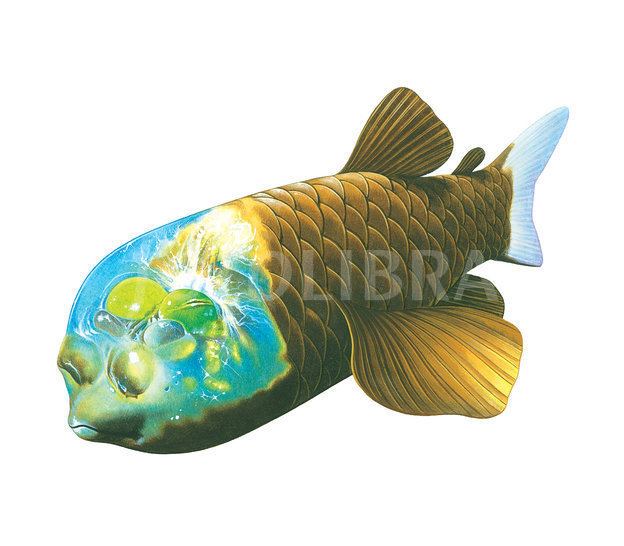
Like other deepwater fish, Opisthoproctus soleatus needs to find its prey in a very poorly-lit environment and avoid being detected itself by a larger predatory species. The diverticulum in the eye provides a greater area of retina and is present in certain other deepwater fish such as Macropinna microstoma. Its function may be connected to reception of information from below, the direction from which potential predators are most likely to approach. At the depths at which this fish lives, light is still directional, and many fish species have photophores (luminous organs) on their underside which provide them with camouflage by replicating the scintillations on the surface of the water above. O. soleatus does not have photophores, but instead has a luminous organ inside its anus. The light produced is shone on a reflector which reflects it downward between the ventral scales to create an effect similar to that of the photophores of other species.
Status
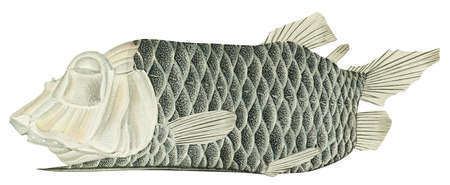
This species lives in the deep ocean and is seldom encountered by man. This makes it difficult to tell whether the population trend is upwards or downwards, or whether the species is facing any particular threats. However it is regularly encountered over a large part of the ocean system and in 2012 there were said to be "223 occurrence records and 143 museum records". For these reasons, the International Union for Conservation of Nature has assessed its conservation status as being of least concern.

